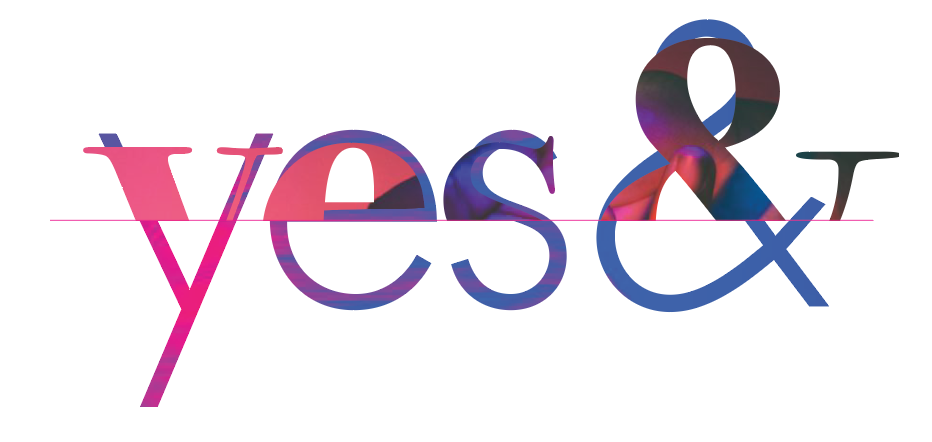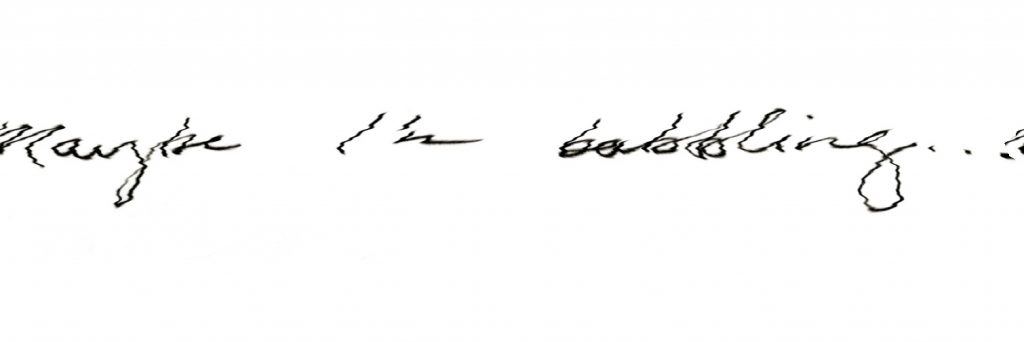The Zeigarnik Effect: People have a better memory for unfinished tasks than they do for finished ones. Cliffhangers create uneasiness in an audience. We need an ending, closure.
This is totally incidental. It doesn’t really relate to my thesis, it just happened to be in a book I was reading for my thesis and I found it interesting. But then again, maybe it does relate…maybe it explains why I can’t seem to get comfortable this semester, closure is just so far away. Does it explain some of the neuroses designers have? If we exist in a profession where done is relative and subjective, are we constantly uneasy…plagued by projects from weeks, months, years before that some small part of us considers unfinished?
Maybe I’m babbling, but it does make me wonder, if the unfinished makes us uncomfortable, why then do we procrastinate? Is that feeling somehow empowering? Some kind of addictive rush? Am I seeking it out right now by writing this post, rather than finishing any of the other tasks that I have to work on?
I did, however, like Lindy Ryan’s application of the Zeigarnik Effect to storytelling:
“No matter the story’s purpose—to focus, align, teach, or inspire—we build narratives the way we do to foster imagination, excitement, speculation—and successful narratives are those that introduce (get attention) and then resolve our anxiety (give a satisfactory ending). Thus, stories are therapeutic.” (135)
So maybe this post is my therapy. Something I could agonize about, create, and then finish quickly. A way to give myself a brief moment of closure.
Ryan, Lindy. The Visual Imperative: Creating a Visual Culture of Data Discovery.

